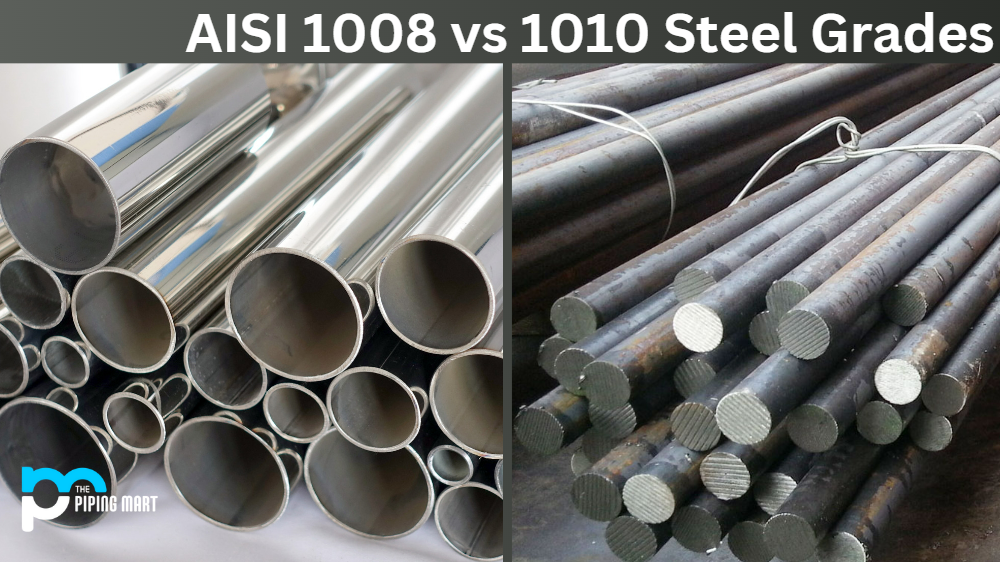Magnesium is a light, silvery-white alkaline earth metal found abundant on Earth. It has many uses and applications, ranging from fire extinguishers to aircraft construction, and it is an essential element in the human body. But what are the physical properties of magnesium that make it so unique? Let’s take a look at the five physical properties that make this metal so special.
Physical State:
Magnesium is usually found in its solid state. This means that it does not exist as a gas or liquid, but as a solid form with a crystalline structure and strong bonds between atoms. It has a relatively low melting point (648°C), making it easy to work with and shape into desired forms.
Density:
Magnesium has an unusually low density for metal, which is why it is often used in lightweight alloys for aircraft construction and other applications where weight needs to be minimized as much as possible. Its density (1.74 g/cm3) is lower than both aluminum (2.7 g/cm3) and iron (7.87 g/cm3).
Electrical Conductivity:
Magnesium has low electrical conductivity compared to most metals, making it less suitable for electrical components such as wires or switches. However, its low conductivity can also be beneficial; due to its weak attraction to electric fields, magnesium can be used to protect sensitive electronics from electromagnetic interference (EMI).
Thermal Conductivity:
Magnesium has high thermal conductivity, meaning it can dissipate heat quickly and efficiently without becoming too hot. This makes it ideal for heat sinks or cooling systems where heat needs to be quickly transferred away from delicate components and dispersed into the atmosphere without further damaging them.
Corrosion Resistance:
Another benefit of magnesium’s low density is its high corrosion resistance; because of its light weight, magnesium will not corrode easily when exposed to water or other corrosive agents like saltwater or acids. This makes it suitable for use in outdoor environments where exposure to the elements is likely.
Conclusion:
Understanding these five physical properties of magnesium can help us understand why this metal is so widely used in many different industries today—from automotive engineering to medical devices—and how we can best utilize its unique characteristics for our own advantage! Whether you’re looking for lightweight components for your aircraft or trying to find the best material for your next building project, consider utilizing the versatile properties of magnesium!
Meet Heer, a dynamic and driven writer learning tricks of her trade in the metal industry. With a background in Digital Marketing, Heer brings a unique perspective to her writing, sharing valuable insights. Apart from blogging she like reading and hiking.




